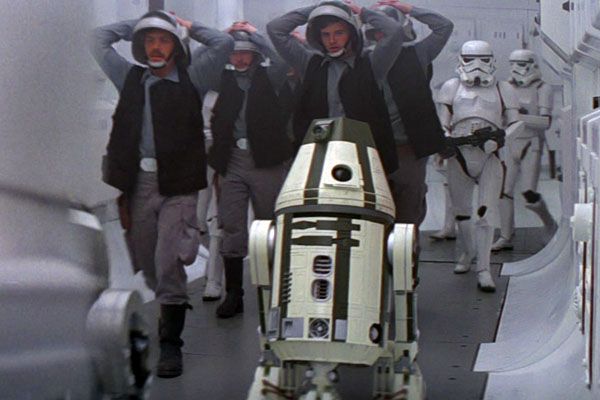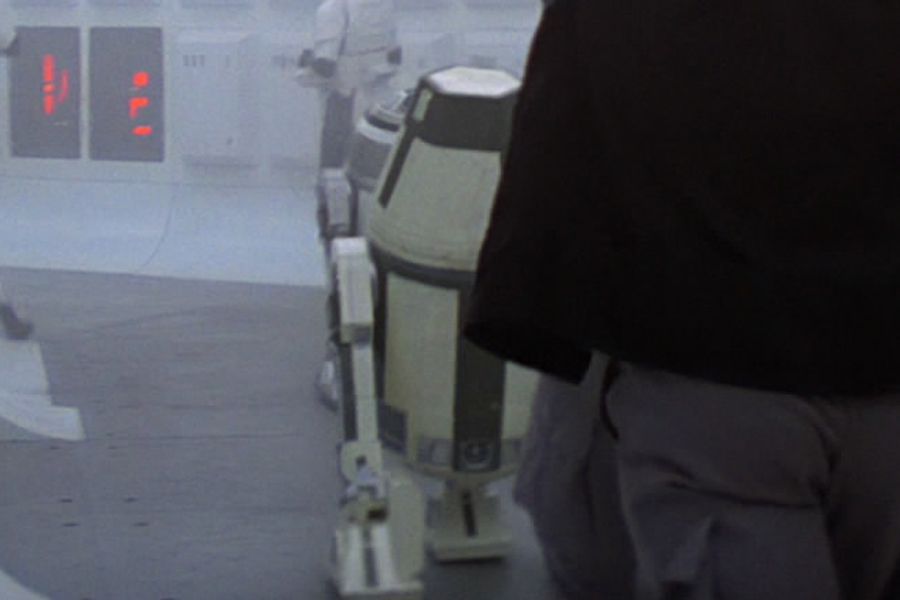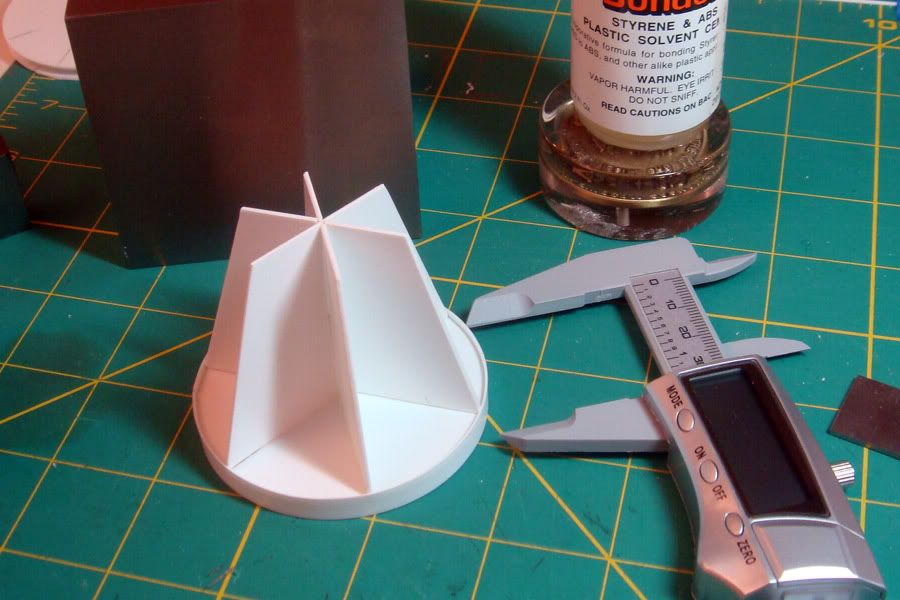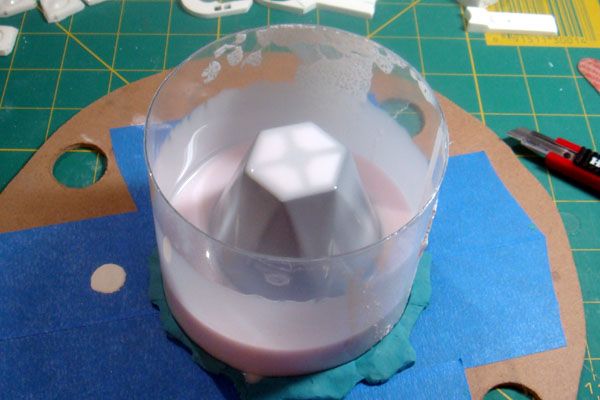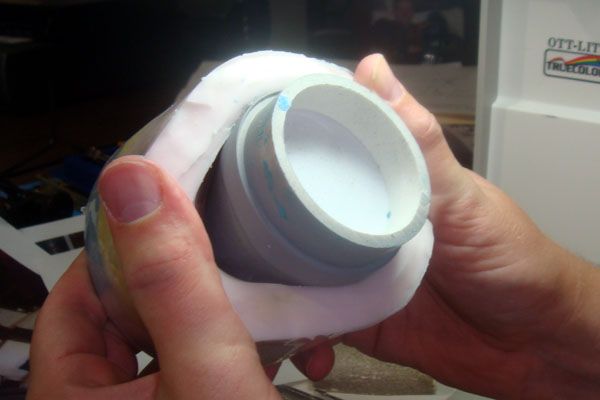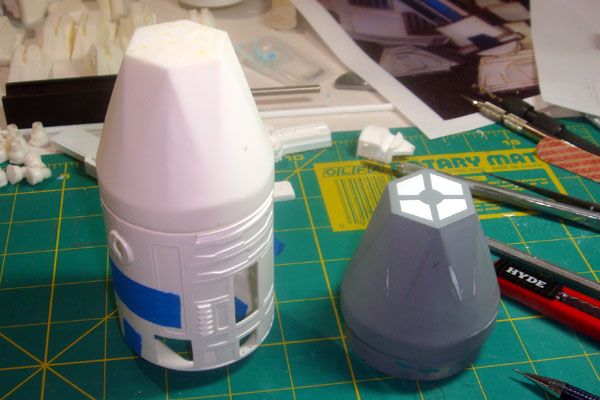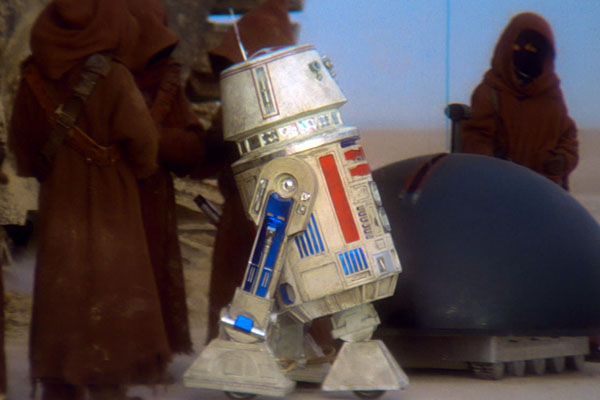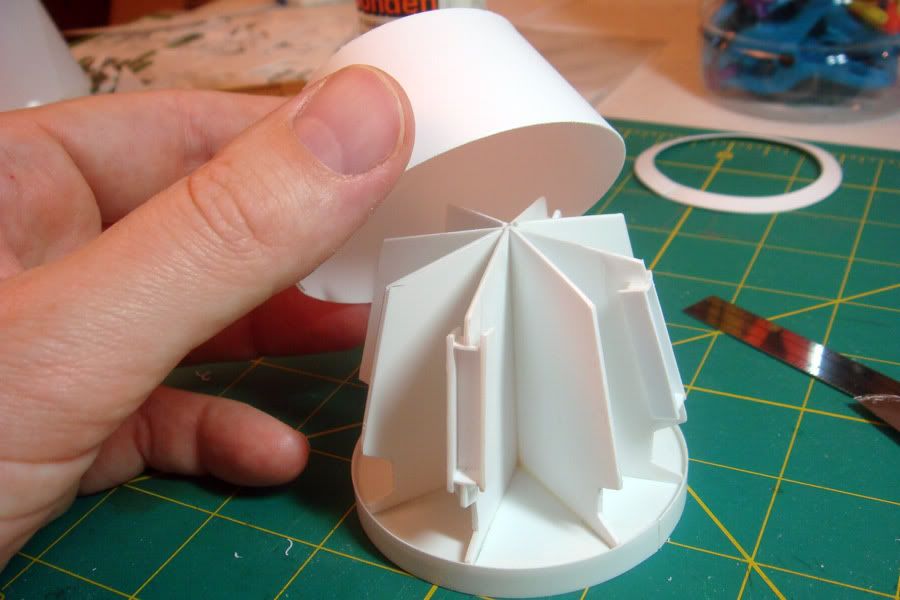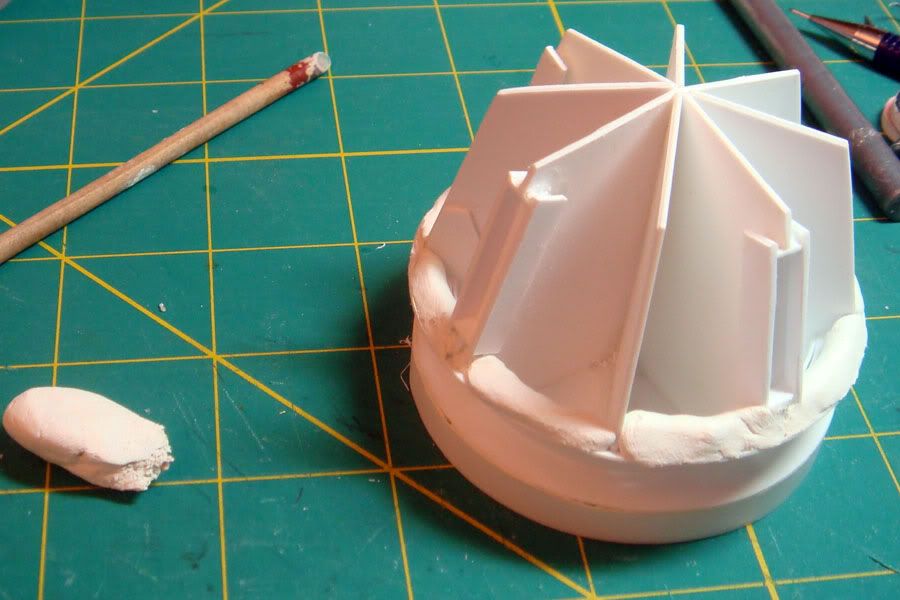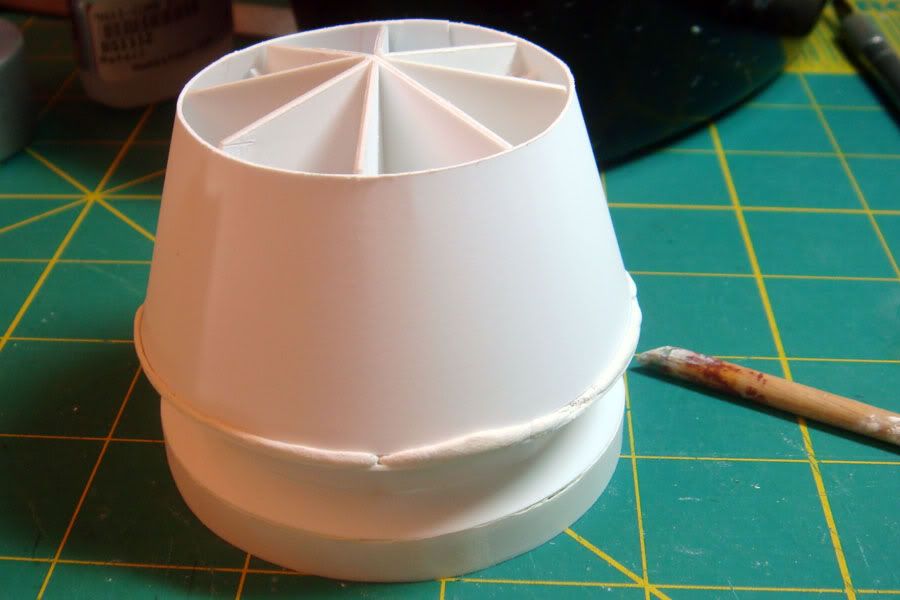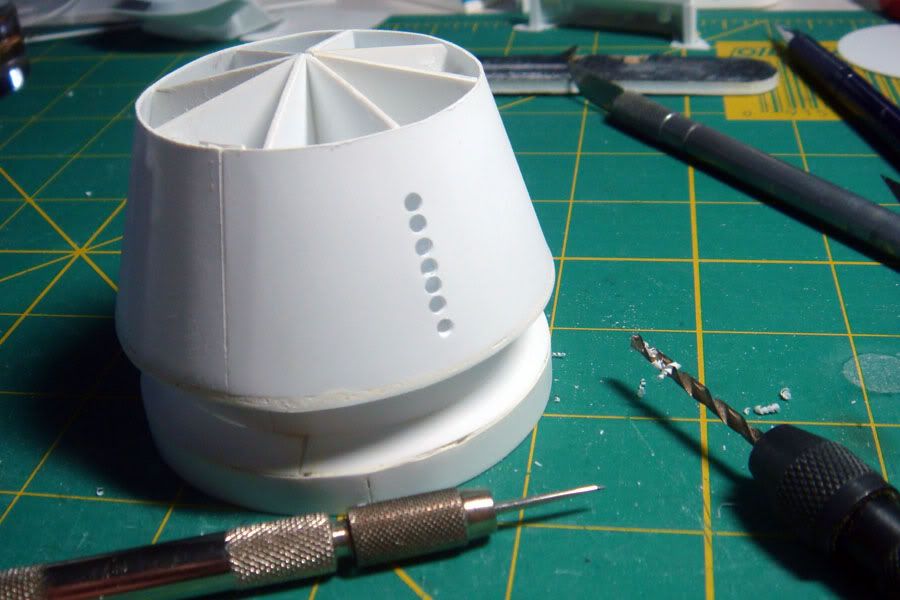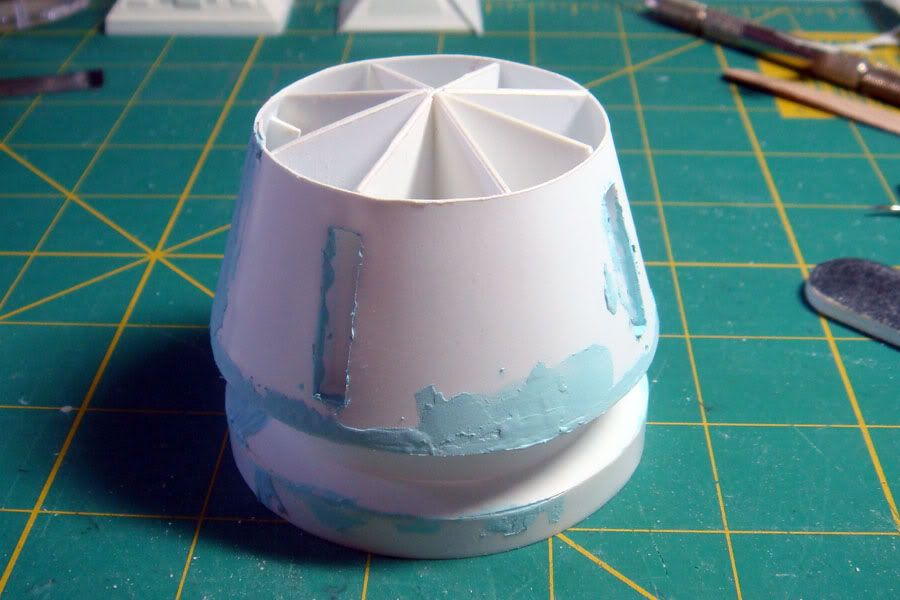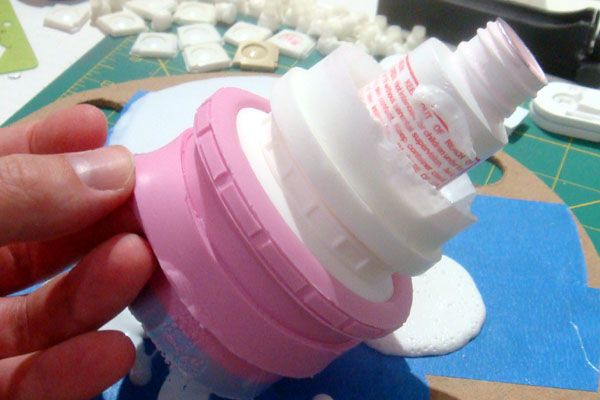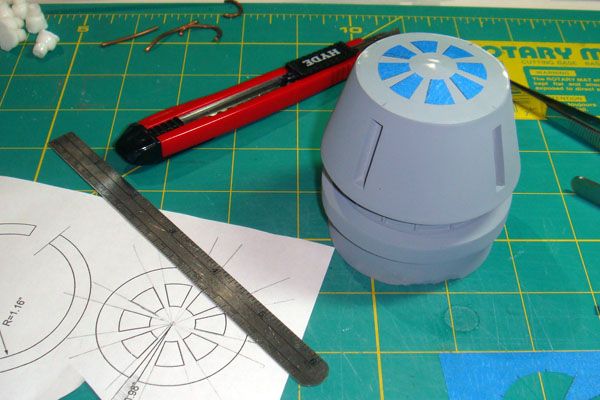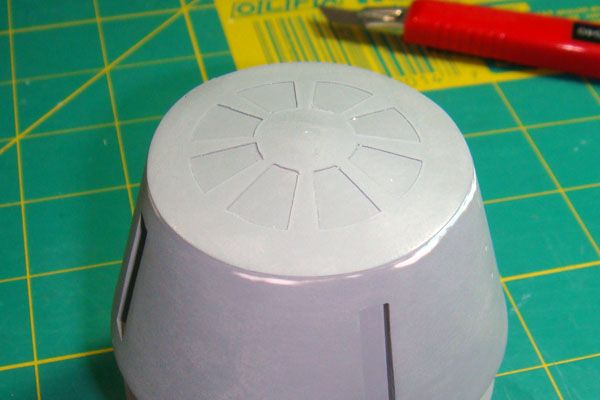Troy Downen
Well-Known Member
This is a build log for a series of 1:7 scale astromech droids from Star Wars. As I’m sure you know, R2-D2 was not the only astromech in the film series, nor was the R2 model the only R series of astromech droid in the films. My intent is to build several different astromech serial numbers of several different astromech models: R2 (the guy we know and love), R3 (clear dome), R4 (conical head) and R5 (cylindrical head).
I'm doing this (so I tell myself) to become familiar with the different astromech models so that I can move on to building a 1:1 scale model later this year. Yeah, hmmm…
The MPC kit of R2-D2 was first released in the late 1970s (the box indicates ©1977). Since little merchandise was actually available with the original Star Wars release in May of 1977, this kit may have been issued later (1981?) with the re-release of the movie. The kit was re-boxed in 1983 for Return of the Jedi, but it is one of the few original Star Wars MPC kits that have not been re-released since the Prequel Trilogy was launched in 1999.
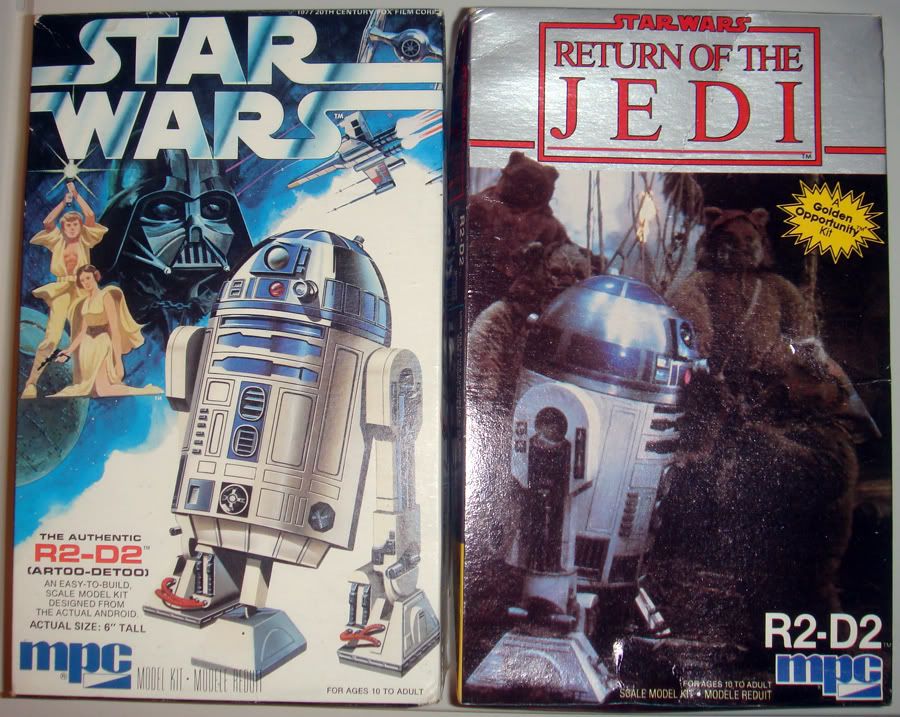
As with many modelers my age, I built one of the original issue R2-D2 kits, complete with sloppy tube glue fingerprints all over it. There would have been terrible brush strokes in the paint as well, but this kit came molded in appropriate colors of plastic including chrome plated sliver on the dome, so no paint was required. Much maligned as being inaccurate, I have never returned to this kit to re-build it as an experienced adult modeler. And that’s a shame, because it turns out that the MPC R2-D2 kit is a real jewel that just needs a bit of TLC to build into a beautiful and accurate astromech droid.
I pulled the R2 Builder’s Club astromech blueprints and, on a whim one evening I pulled out the MPC kit from deep within my kit stash and started taking measurements with my digital calipers. A short while later I came to the stark realization that the MPC kit is shockingly accurate in both dimensions and details. I suddenly had my next modeling project!
As a sidenote: if you’re looking for one of these kits to make your own astromech you’ll find several on eBay at any one time. But beware of what I consider as unreasonable prices for these kits; I’ve seen some eBay auctions starting at $100 or more! I would not suggest that you be prepared to spend that kind of money on these kits. Instead, be patient and you should be able to snag one for $20 or less plus shipping. I managed to acquire three of the kits over a period of a year or so at similar prices. Simply watch the auctions and you’ll eventually see some come up at the lower prices and not be bid up to astronomical levels.
ACCURACY AND SCALE
No scale is stated on the box or instructions for the MPC kit. Measuring at approximately 6 inches in height, most folks attribute the scale to be 1:6. Per the R2 Builder’s Club blueprints, this is incorrect. My extensive measurements of overall body shapes as well as details, compared to the blueprints, reveals that the MPC kit is nearly spot-on 1:7 scale.
The tables below are screen shots of my spreadsheet calculations comparing the model to the blueprints. You’ll see that the model is nearly 1:7 scale in every dimension. Note also the areas that are most in need of modification are all three feet and the battery boxes. The center ankle and leg in the kit is also a poor representation of the screen-used article, so those will need to be redesigned as well.
The first column in the table is the measurement from the Club blueprints. The second column is my measurement from the MPC kit. The next column is what the MPC kit scales to relative to the blueprints. The next-to-last column indicates what the MPC kit would need to measure to be exactly 1/7th of the Club blueprints. The final column indicates the percent error between the MPC kit and the club blueprints.
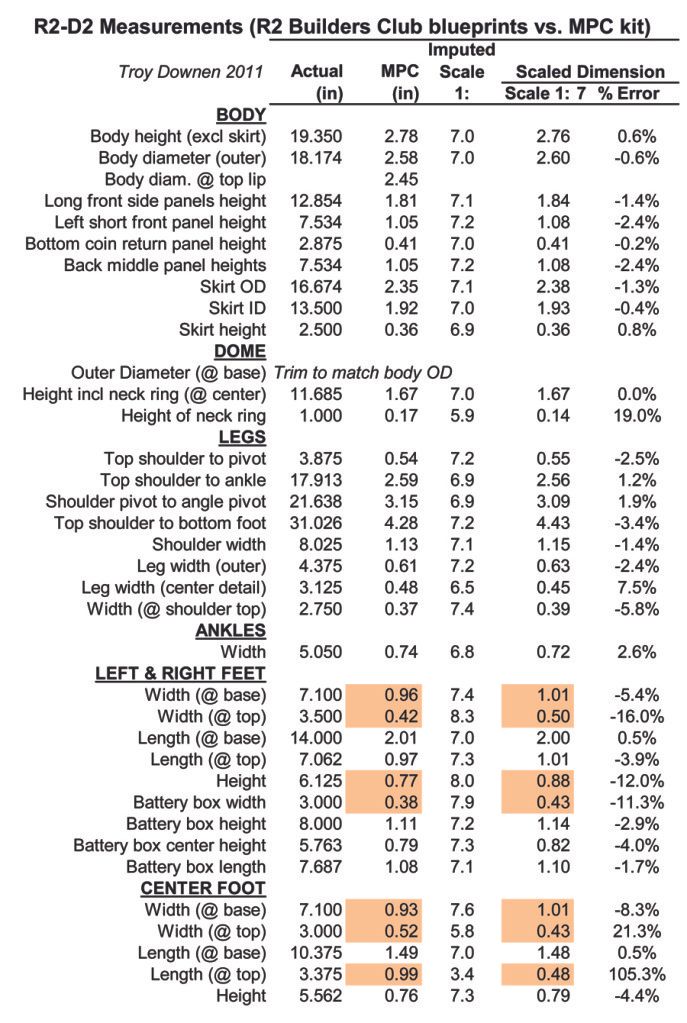
The base of the dome (the “neck ring”) is strangely bulged on the kit. I have no idea where MPC got the idea that this was accurate for R2-D2. However, the height of the neck ring is accurate, so the bulge can simply be sanded down.
There are small details that will need to be redesigned throughout the kit: the radar eye is centered in its housing on the kit but should instead be off-center, the front vents on the body need sharper detail as do the power coupling and octagonal detail at the base of the body, plus there are some side vents on the body not represented by the MPC kit. All minor stuff and you’ll see how I approached it in this build.
I'm doing this (so I tell myself) to become familiar with the different astromech models so that I can move on to building a 1:1 scale model later this year. Yeah, hmmm…
The MPC kit of R2-D2 was first released in the late 1970s (the box indicates ©1977). Since little merchandise was actually available with the original Star Wars release in May of 1977, this kit may have been issued later (1981?) with the re-release of the movie. The kit was re-boxed in 1983 for Return of the Jedi, but it is one of the few original Star Wars MPC kits that have not been re-released since the Prequel Trilogy was launched in 1999.

As with many modelers my age, I built one of the original issue R2-D2 kits, complete with sloppy tube glue fingerprints all over it. There would have been terrible brush strokes in the paint as well, but this kit came molded in appropriate colors of plastic including chrome plated sliver on the dome, so no paint was required. Much maligned as being inaccurate, I have never returned to this kit to re-build it as an experienced adult modeler. And that’s a shame, because it turns out that the MPC R2-D2 kit is a real jewel that just needs a bit of TLC to build into a beautiful and accurate astromech droid.
I pulled the R2 Builder’s Club astromech blueprints and, on a whim one evening I pulled out the MPC kit from deep within my kit stash and started taking measurements with my digital calipers. A short while later I came to the stark realization that the MPC kit is shockingly accurate in both dimensions and details. I suddenly had my next modeling project!
As a sidenote: if you’re looking for one of these kits to make your own astromech you’ll find several on eBay at any one time. But beware of what I consider as unreasonable prices for these kits; I’ve seen some eBay auctions starting at $100 or more! I would not suggest that you be prepared to spend that kind of money on these kits. Instead, be patient and you should be able to snag one for $20 or less plus shipping. I managed to acquire three of the kits over a period of a year or so at similar prices. Simply watch the auctions and you’ll eventually see some come up at the lower prices and not be bid up to astronomical levels.
ACCURACY AND SCALE
No scale is stated on the box or instructions for the MPC kit. Measuring at approximately 6 inches in height, most folks attribute the scale to be 1:6. Per the R2 Builder’s Club blueprints, this is incorrect. My extensive measurements of overall body shapes as well as details, compared to the blueprints, reveals that the MPC kit is nearly spot-on 1:7 scale.
The tables below are screen shots of my spreadsheet calculations comparing the model to the blueprints. You’ll see that the model is nearly 1:7 scale in every dimension. Note also the areas that are most in need of modification are all three feet and the battery boxes. The center ankle and leg in the kit is also a poor representation of the screen-used article, so those will need to be redesigned as well.
The first column in the table is the measurement from the Club blueprints. The second column is my measurement from the MPC kit. The next column is what the MPC kit scales to relative to the blueprints. The next-to-last column indicates what the MPC kit would need to measure to be exactly 1/7th of the Club blueprints. The final column indicates the percent error between the MPC kit and the club blueprints.

The base of the dome (the “neck ring”) is strangely bulged on the kit. I have no idea where MPC got the idea that this was accurate for R2-D2. However, the height of the neck ring is accurate, so the bulge can simply be sanded down.
There are small details that will need to be redesigned throughout the kit: the radar eye is centered in its housing on the kit but should instead be off-center, the front vents on the body need sharper detail as do the power coupling and octagonal detail at the base of the body, plus there are some side vents on the body not represented by the MPC kit. All minor stuff and you’ll see how I approached it in this build.

